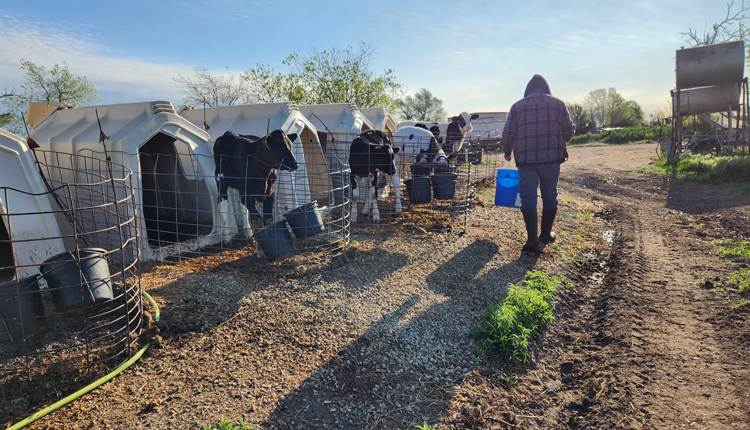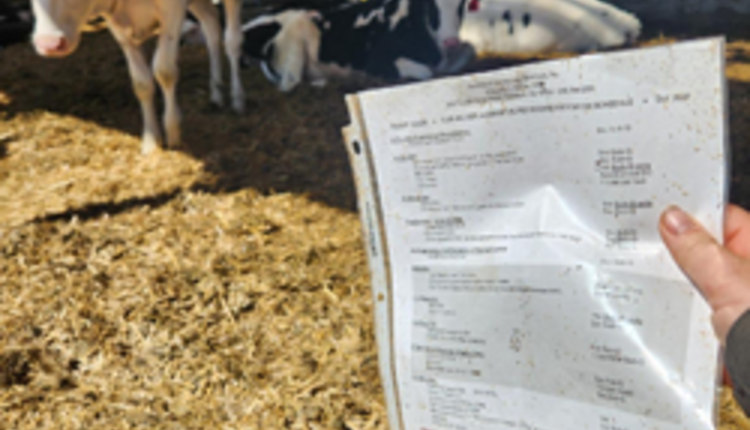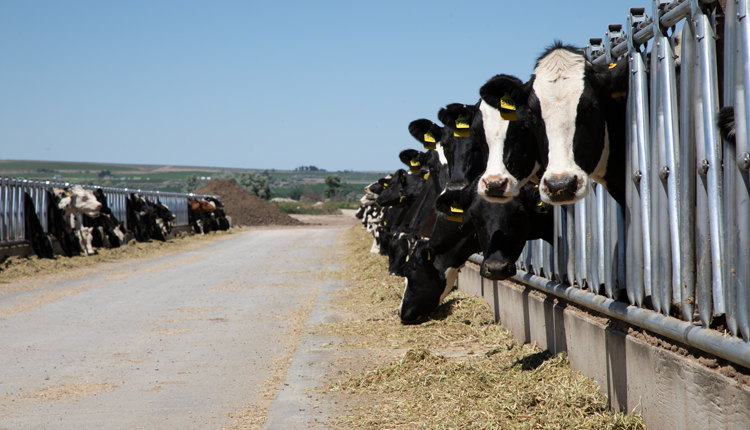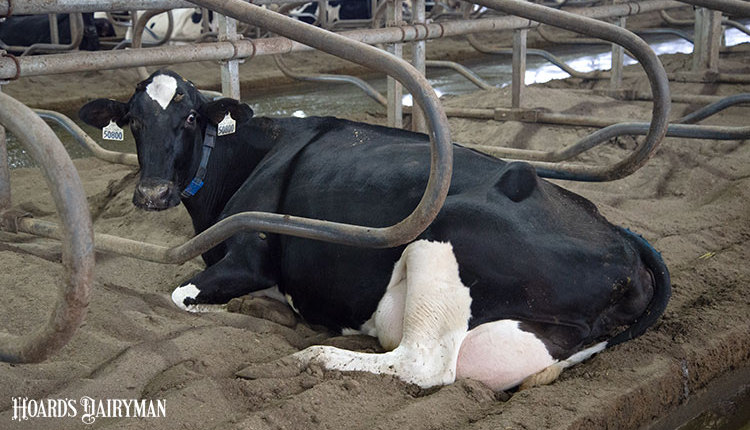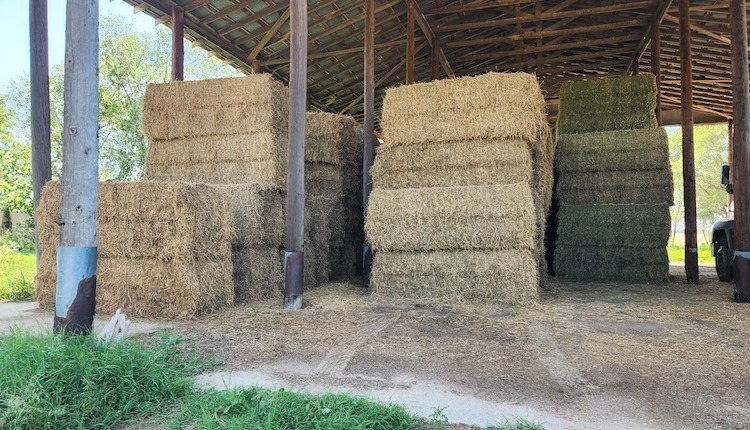
The author and her family own and operate a 130-cow dairy and crop 1,500 acres. She also is a former associate editor at Hoard’s Dairyman.
May 9 2024
The transition from heifer to lactating cow is a big change for fresh heifers
April 24 2024
Research indicates those that work on dairies have less gastrointestinal related symptoms than nonfarmers
March 19 2024
We try to review vaccination schedules every few years on our farm by addressing any issues we’ve seen and asking ourselves questions about what we need from the protocol
March 11 2024
Research related to the needs of transition cows has identified calcium as critical to the period following calving, particularly for cows in their second or greater lactation
Feb. 20 2024
The time to review a protocol is before procedural drift causes a problem
Feb. 5 2024
Most good cow people will tell you that a comfortable cow will rest in a lying position 14 to 16 hours per day
Jan. 17 2024
We’ve milked three times per day for more than 20 years, and as such my family’s dairy is incredibly reliant on good employees to execute these milkings
Jan. 8 2024
Transition phases in dairy cattle are essential for success. That begins all the way at the beginning of life
Dec. 4 2023
So often when we discuss mental health in agriculture, the suicide statistics are cited, and the stresses of the job are rehashed
Nov. 22 2023
Dairy animals need plenty of clean water as part of their balanced ration
Nov. 13 2023
In the show The Big Bang Theory, one of the main characters, Dr. Sheldon Cooper, has a very particular fondness for one location on the show’s main set, the characters’ living room
Oct. 25 2023
It wasn’t until I moved to Wisconsin following college that I truly understood what it meant to try to farm in a place where winter seems to last from November to May
Oct. 9 2023
Transition cows face one of the most difficult turnabouts. As soon as the calf is born, they naturally move from no milk production to a significant ramp up both in quantity of milk and the energy required...
Sept. 19 2023
There are types of planning that I just love. Task me with making a meal plan for the week, and I am happy as a clam for thirty minutes or so as I research new recipes and page through old favorites to...
Sept. 18 2023
Nearly every dairy farmer will tell you that one of the most critical times of a cow’s life is around calving. The weeks preceding and following calving have been well-detailed in research. That...
Aug. 30 2023
How do you eat an elephant? One bite at a time. My nearly one year old son just began walking. To be fair, he is just taking a few steps and falling on his bottom, but I’m counting it! Watching...
Aug. 3 2023
Sometime during the summer, nearly every dairy-producing part of the country will experience enough heat to cause stress for bovines that results in reduced milk yield, poor reproductive performance, and...
July 19 2023
What’s the best calf starter? Of course, the answer is whatever starter fits your operation
June 26 2023
As humans, we find companionship with animals. This comes in the form of pets in our homes, wildlife we observe, and the livestock we work with on farms
June 21 2023
Indulge me for just a moment. I have a complaint to file with Mother Nature. For crying out loud, let it rain
Visit our partner publications:
Hay & Forage Grower | Journal of Nutrient Management

